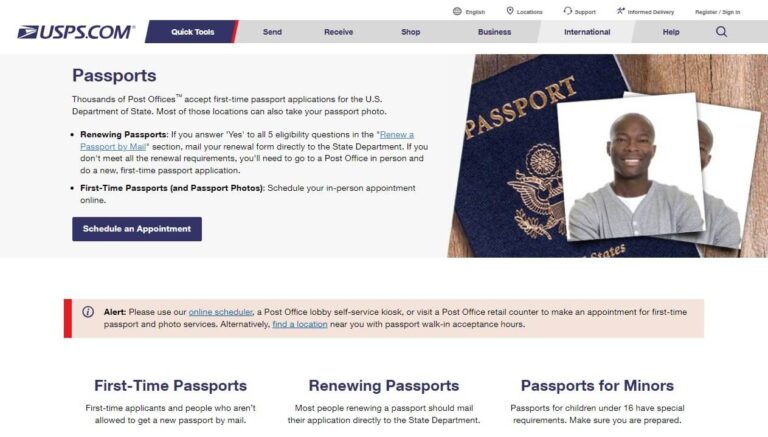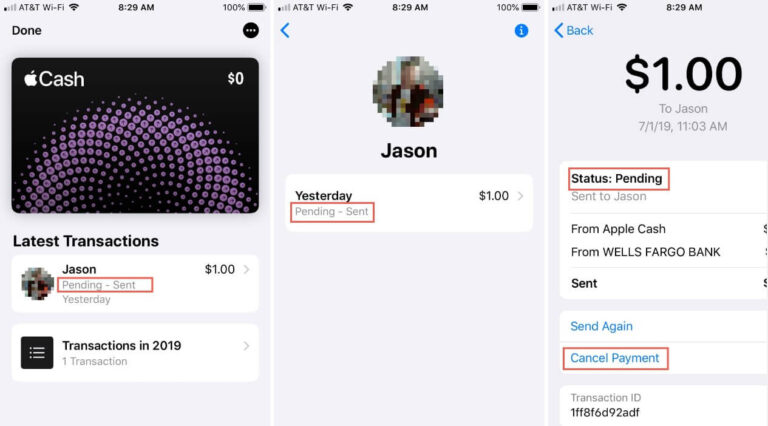How To Cancel Electricity Service?Complete 2024 Guide

Moving to a new home can be an exciting new chapter in life. But it also involves a myriad of details to handle before you can settle into your new place. One key task is properly handling your utility services like electricity.
How exactly should you go about transferring or canceling electric service when moving? Can you avoid fees and service gaps? What needs to be done to ensure a seamless transition of your electricity from your old home to new one?
This comprehensive guide answers all those key questions and more. We provide everything you need to know to easily stop or transfer your electric service when relocating in 2024.
Below we cover:
- Notifying your current provider early to cancel
- Comparing rates and new service options
- Scheduling final meter readings
- Paying balances and avoiding fees
- Verifying service transfers or disconnections
- And much more!
If done right, switching your residential or commercial electric service doesn’t have to be a hassle during your move. Follow the steps outlined here for smooth sailing.
Notify Your Electricity Provider Well in Advance to Cancel Service
The first step is contacting your current electric company to terminate service at your old place. This notification should be done 2 to 4 weeks prior to your move-out date.
Giving this much notice gives your provider adequate time to close out your account and schedule a final meter reading before the shut-off date.
When you call your electric company to cancel service, have your account number handy. This will help the representative quickly pull up your details and speed up the cancellation process.
Provide them with the exact date you want electric service disconnected. Importantly, you may want to request the disconnection date be 1 to 2 days after your official move.
Having power for an extra day or two can be useful just in case you need to return to the property for any last-minute items you forgot to pack.
You’ll also want to give your provider the address of your new place. In many cases they may be able to seamlessly transfer service to your new residence, which we’ll discuss more below.
Compare Electricity Providers and Rates at Your New Address
The next step is figuring out who will be providing electricity at your new home and the transfer of service.
If you are moving within the same utility coverage zone, you may be able to simply update your address and retain the same electric company. In such cases, you can likely handle the address change quickly online or with a call.
However, if you are relocating outside of your current electric provider’s service region, you will need to officially cancel service and sign up with a new company.
Start by researching what electricity providers are available in your new area. Check with your city or county government website to find providers authorized to operate locally.
You may find there is only one dominant electric company monopolizing the area. But in many cases, you’ll have multiple providers to choose between thanks to deregulated energy markets.
If you have options, shop around and compare rates as well as plan terms between providers. Look for no contracts or ones with satisfaction guarantees in case you want to switch again. Be aware of any early termination fees your current company may charge if you switch.
Once you’ve selected a new electric company, contact them to initiate service. Call 2 to 4 weeks before your move-in date to give adequate time for processing and any installations needed.
When you call, have your new address as well as relevant personal information like your Social Security Number ready to help open your account. Inquire about any security deposit requirements based on your credit score.
If possible, arrange for service at your new place to begin one day before you move. Having the power turned on early allows you to test appliances, run the HVAC, and ensure lights work before lugging all your stuff inside.
Schedule Final Meter Readings at Both Your Old and New Home
A key part of terminating or transferring electric service is having final meter readings done at both your old and new address.
For your old place, schedule a final read on the day service is set to be discontinued, or the day before. This provides proof of your final usage and ensures your last bill only charges for what you actually consumed.
Retain the final meter reading report or take a photo for your records. This comes in handy if any billing disputes arise over your last bill.
For your new home, see if you can have the new electric company do an initial meter read on the day service begins, or a day or two before your move-in. This properly sets your starting consumption.
If the home was vacant before, the initial meter read may be estimated. But take an actual reading yourself too for comparison later when bills arrive. Any major discrepancies could indicate an issue with the meter itself.
Having accurate final and initial meter reads during the transfer makes balancing your last and first bills much easier.
Don’t Forget to Pay Any Outstanding Balances
Another important step when canceling utility services is taking care of any outstanding balances you have.
Contact your electric provider to check if you have any overdue or unpaid bills. Pay off any lingering bills in full before your termination date to avoid complications.
Settling outstanding bills also ensures any security deposits get refunded back to you promptly and in full after closing your account.
Confirm Service Transfers to Avoid Unpleasant Surprises
With so many details involved in relocating, it never hurts to double-check that all goes according to plan.
A few days before your scheduled move date, call both your old and new electric providers. Verify with each that transfers or cancellations will proceed on track without issues.
For your old provider, ensure no final bills or communication were accidentally still being sent to that address.
For the new electric company, confirm service is scheduled to be connected on the date you requested. Also verify your billing, contact, and service address information is all correct.
Catching any mix-ups ahead of time avoids unpleasant surprises when you walk into your new home. The last thing you want is moving in with the power unexpectedly shut off or having service delays.
Calling to confirm everything helps ensure the transition of service goes smoothly and that you have electricity on day one in your new abode.
Avoid Deposits and Reactivation Fees with Proper Service Transfers
When opening a new electric account, many providers will require some form of security deposit before initiating service. The deposit amount can range from $200 to over $500 in some cases, depending on your credit score.
Rather than paying a deposit, see if you can transfer service directly from the old resident if it’s a rental unit. Alternatively, if you purchased the home, try having service transferred over from the previous owners on closing day.
Not only does a direct transfer between occupants avoid a deposit, but it also prevents reactivation fees down the line. These fees apply if a location has had service fully disconnected for extended periods, like a year or longer in many regions.
For example, say you fully cancel service at your old apartment before moving out. A year later when new tenants move into that same unit, they may get hit with a $250 reactivation fee on top of the standard deposit.
Whereas if you had simply transferred service to the new occupants when you moved out, they could have avoided both the deposit and fee. Keep such scenarios in mind before fully disconnecting service when moving out.
Additional Tips for a Smooth Electric Service Transfer
Switching electric providers or stopping service entirely doesn’t have to be a chaotic headache with proper planning. Here are some final tips for keeping your utility transfer smooth and painless during your move:
- Set up autopay or update payment info to avoid late fees at your new address.
- Return any rented equipment like modems to your old provider to avoid being charged.
- Check for any utility discounts through your employer, associations, or government programs that you can take advantage of.
- If required, see if you can have a technician do a full home energy audit at your new place to maximize efficiency.
- Monitor the first few bills closely at your new home for any inconsistencies indicating an issue.
- Keep all documentation related to your account changes and final meter readings in case discrepancies arise later.
- Know your rights as a customer and contact regulators like the state Public Utility Commission if you have service problems.
Follow the comprehensive guidance outlined here for successfully handling your electric utility service when relocating in 2024 and beyond. With proper planning and execution, you can make switching providers or stopping electric service entirely a breeze.
Frequently Asked Questions About Transferring Electric Service When Moving
When should I notify my electric company to cancel service at my old place?
You should contact your electricity provider around 2 to 4 weeks before your scheduled move-out date. This gives them adequate notice to close out your account and schedule any necessary site visits for final meter readings.
Who is responsible for paying the electric bill up until I move out?
The customer who currently has the electric service in their name is responsible for paying for all usage and bills up until the date service is terminated or transferred to someone else.
As the existing account holder, you should pay any bill you receive during or right after your move for your final days of service, even if the new owners have taken possession of the home. Work out reimbursement with the buyers as needed.
Will I get my security deposit back from my old electric company after cancelling service?
Yes, any security deposit you originally paid to your electricity provider should be refunded and returned to you after you close your account with them. The deposit refund is typically applied as a credit on your final bill first.
If your deposit exceeds the charges due on your last bill, you can expect to receive the remaining balance back within 1-2 billing cycles after service ends. Make sure your provider has your updated address to send the refund check.
What documents do I need to set up new electric service at my home?
To initiate new electric service, you’ll likely need to provide personal identification like a driver’s license, your Social Security number, proof of home purchase or a rental lease agreement, and details on your billing address and contact information.
Requirements vary between providers, so check with your new electric company on any specific items needed. Having all required documents ready expedites opening your new account.
What fees should I expect when starting new electric service?
Common fees when initiating new electric service include a security deposit, connection/activation fee of $500-1000 in some regions, and account setup fees around $10-25. There may also be surcharges and taxes tacked onto your first bill.
If seamlessly transferring service from the prior occupant, you can avoid most fees. Do your research to see what each company typically charges new customers opening accounts in your state.
Should I completely cancel electric service when moving or look to transfer it?
Rather than completely cancelling service and shutting off power, try to do a seamless service transfer to the new owners/tenants to avoid fees and gaps in service. This keeps electricity active through the transition.
But if the property will be vacant for long periods, cancellation makes sense. Just be aware of potential reactivation fees down the line before disconnecting service entirely.
Key Takeaways on Transferring or Canceling Electric Service When Moving
Switching electric service providers or stopping your account doesn’t need to be stressful when you plan ahead and know the right steps to take. Here are some key tips to remember:
- Notify your current electric company 2+ weeks before move-out and provide your new address.
- Research rates and providers at your new home to transfer service or open a new account.
- Schedule final meter reads at both addresses to accurately close and start service.
- Settle all outstanding balances to get your deposit refunded quickly after closing your old account.
- Confirm service changes or cancellations with providers to avoid any unpleasant surprises.
- Transfer service seamlessly between occupants if possible to sidestep deposits and fees.
- Monitor that first bill at your new place closely for any inconsistencies or incorrect charges.
Follow this comprehensive 2024 guide to ensure transferring or cancelling your residential or commercial electric service goes smoothly when relocating.






